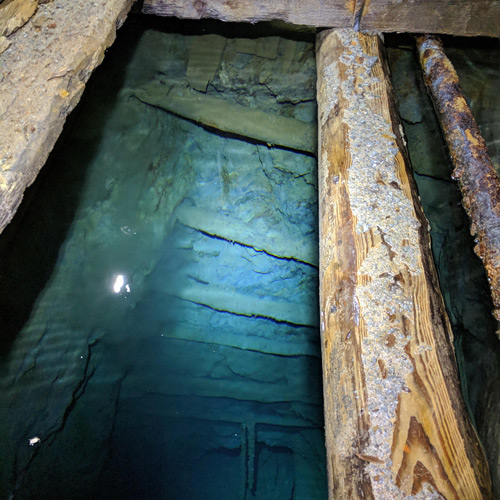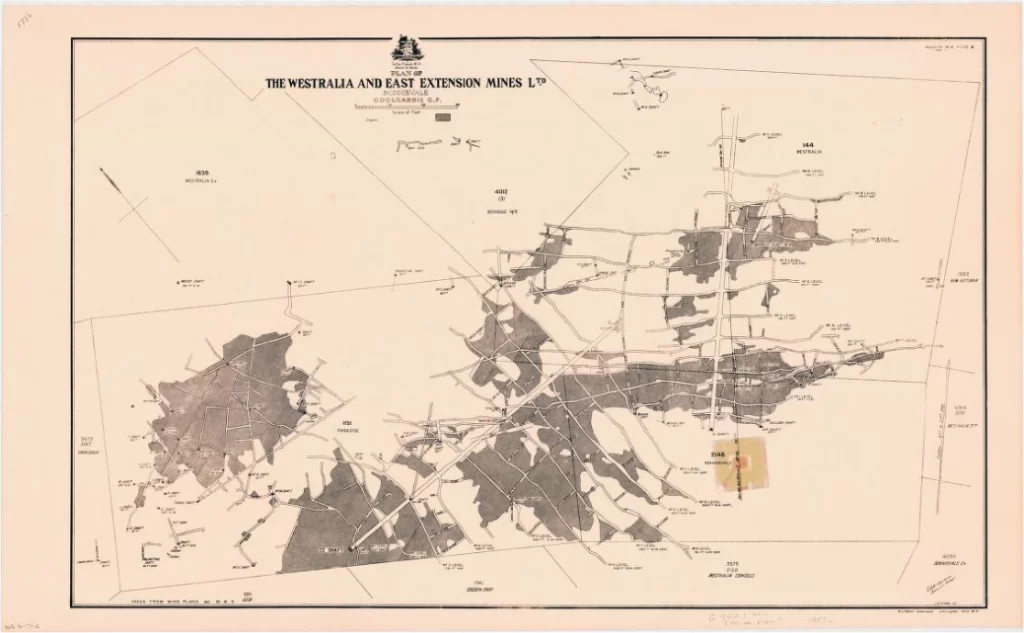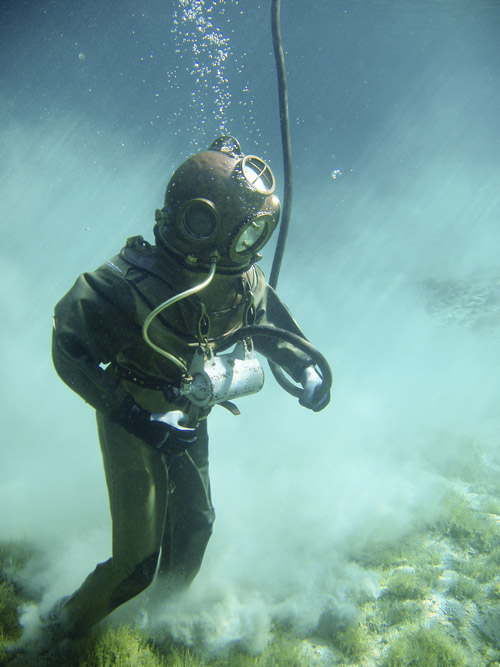Rescuing Modesto Vericetti: Depths of the Westralia and East Extension Gold Mine


On Tuesday, March 19th, 1907, the Colgardi District of Western Australia faced an unprecedented disaster due to heavy and unseasonal rainfall. The nearby town of Bonneville, in particular, was hit by torrential rain that had dire consequences. The Westralia and East Extension Gold Mine, despite efforts to secure its opening, was inundated with water, bringing along tons of debris, silt, timber, and iron sheets.
This event marked the beginning of a tragedy that would come to be known as the Bonnie Vale Disaster of 1907.

The mine manager, realizing the danger to the approximately 200 miners working below, sounded the alarm. However, due to the floodwaters, the man skips, containers used to transport miners, were unusable. The miners were forced to navigate slippery ladders against the rushing tide of water up the vertical shafts. The lowest three levels of the mine, up to level nine, were inundated.
This is the harrowing story of the Bonnie Vale Disaster of 1907.
The Australian Gold Rush and its Impact
In the late 1840s, the American gold rush marked a significant event in history, but a similar event unfolded in Australia during the same period. In 1851, gold was discovered in a Waterhole near Bathurst, Australia, leading to the Australian Gold Rush. This event, akin to the American gold rush, drew over 500,000 people to the gold fields across the country within a year.
Immigrants from various parts of the world, including Great Britain, Germany, Italy, Poland, and the United States, joined the search for gold, significantly impacting the nation’s identity and economy.
The influx of immigrants created a shortage of workers in various areas, leading to wage increases. The Gold Rush had a lasting impact on Australia’s national identity and economic growth.
Modesto Vericetti’s Journey
One of the immigrants drawn to the Australian Gold Rush was Modesto Vericetti, an Italian who moved to Australia in the early 1900s. Born in 1874, Modesto had been working in mines since the age of 13 in his hometown of Garono in Northern Italy. He moved to Australia with his brothers in search of opportunities, finally settling in the town of Bonneville in 1906. The West Australia and Eastern Extension Mine attracted him due to its long operational history and location at the base of two valleys.
The Catastrophe Unfolds
Unexpectedly, on March 19th, 1907, a severe thunderstorm hit Bonneville, unleashing intense rainfall that flooded the town and caused chaos. The West Australia and Eastern Extension Mine, located in a usually dry region, was ill-prepared for such an event. Modesto Vericetti, a seasoned miner, found himself trapped in the mine, with the rapidly rising water level catching him off guard. Despite the evacuation efforts, Modesto ended up cornered in the mine’s depths, 720 feet below the surface.
The world was gripped by Modesto’s plight as newspapers reported on the entombed man, believing his chances of survival were slim to none. Rescuers tried pumping water out of the mine with limited success, leading to a sense of hopelessness.
The Rescue Effort
Just when hope was fading, a breakthrough idea came from an unexpected source. Joshua Crab’s seven-year-old son suggested using divers to rescue Modesto. Frank Hughes and Thomas Hearn, expert divers from Calgary, were called in to attempt the dangerous rescue mission. Herbert Hoover, a highly qualified mining engineer, took charge of the operation.
The rescue team, comprising over 160 individuals from diverse backgrounds, worked tirelessly to save Modesto. Despite the challenges and uncertainties, their determination remained steadfast.
The transcript provides insight into the tragic events of the 1907 Bonnie Vale Mine Disaster, showcasing the impact of the Australian Gold Rush and highlighting the courage and resilience of those involved in the rescue effort.
The Air Hose Dilemma and the Government’s Intervention

The divers faced a significant challenge when they discovered that their air hose was not long enough to reach Modesto, who was trapped deep within the flooded mine. The nearest air hose was located 350 miles away in Fremantle. However, a special speed train, known as the “rescue special,” was swiftly organized by the government to deliver the much-needed hose. This train cut down the usual 12-hour journey time by two hours, demonstrating the urgency of the situation.
Exploratory Dives and the Search for Modesto
Frank Hughes, accompanied by Thomas Hearn, embarked on a series of exploratory dives to locate Modesto within the flooded mine. Despite their best efforts, finding Modesto proved to be a challenging task. Over the course of several days, the divers made three separate descents, with the breakthrough coming on the sixth day. After an exhaustive search, Modesto was finally located. Hughes resurfaced while Hearn remained with Modesto, providing him with essential supplies and support.
The Heartbreaking Realization and Desperate Measures
Despite their determination, the divers were faced with the heartbreaking reality that they lacked the equipment to rescue Modesto. The ticking clock and hazardous conditions prevented them from safely bringing Modesto to the surface. As the steam pump continued to work but fell short of expectations, the situation grew more desperate. On the eighth day, Hughes delivered grim news to Joshua Crab, emphasizing that time was running out and Modesto’s chances of survival were diminishing.
The Miraculous Turn of Events
On the ninth day of the ordeal, a miraculous turn of events occurred. The water level had finally dropped sufficiently for a rescue attempt. March 28th, 1907 marked the climactic final day of the rescue mission. The divers provided Modesto with a final supply batch, shared a secret with him, and secured a rope around his waist. They embarked on the arduous journey back to the surface through waist and knee-deep mud. Hughes and Hern assisted Modesto, ensuring his safe passage through the treacherous conditions.
The Triumphant Rescue and Legacy
Despite the challenges and obstacles, Modesto’s determination and the divers’ courage prevailed. After a total of 206 hours underground, Modesto emerged from the mine on March 28th. Although his appearance was noted to be frail and worn, his resilience and survival were awe-inspiring. This triumphant rescue effort stands as one of the most heroic episodes in Australian history, showcasing the power of determination, courage, and inventive thinking.
Modesto’s Life After the Ordeal
Modesto Vericetti, having endured an incredibly harrowing experience, continued to live and work in the Western Australian goldfields. Despite his incredible story, he shunned publicity and lived a modest life. Tragically, he passed away at the age of 46 due to pulmonary fibrosis. The town of Bonneville, where this dramatic event took place, has faded from prominence, leaving behind only a sign amidst the surrounding bush as a reminder of the 1907 disaster.
Honoring Modesto’s Legacy
Modesto’s legacy lives on through various means. The Australian folk group Cloud Street dedicated a song to Modesto’s story, titled “Down My Coal Mine.” The city of Calgary set up a display to commemorate Modesto’s story and the bravery of those who participated in his rescue. Over a century later, Modesto’s tale continues to inspire and remind us of the incredible human spirit that can triumph even in the face of seemingly insurmountable odds.
FAQ
It was a mining tragedy caused by flooding in Western Australia.
An Italian immigrant trapped in the flooded mine during the disaster.
Divers located him after days of searching, and he was brought to the surface.
Yes, he survived the ordeal and continued to live in Australia.
Through songs, displays, and commemorations that honor his courage and resilience.
